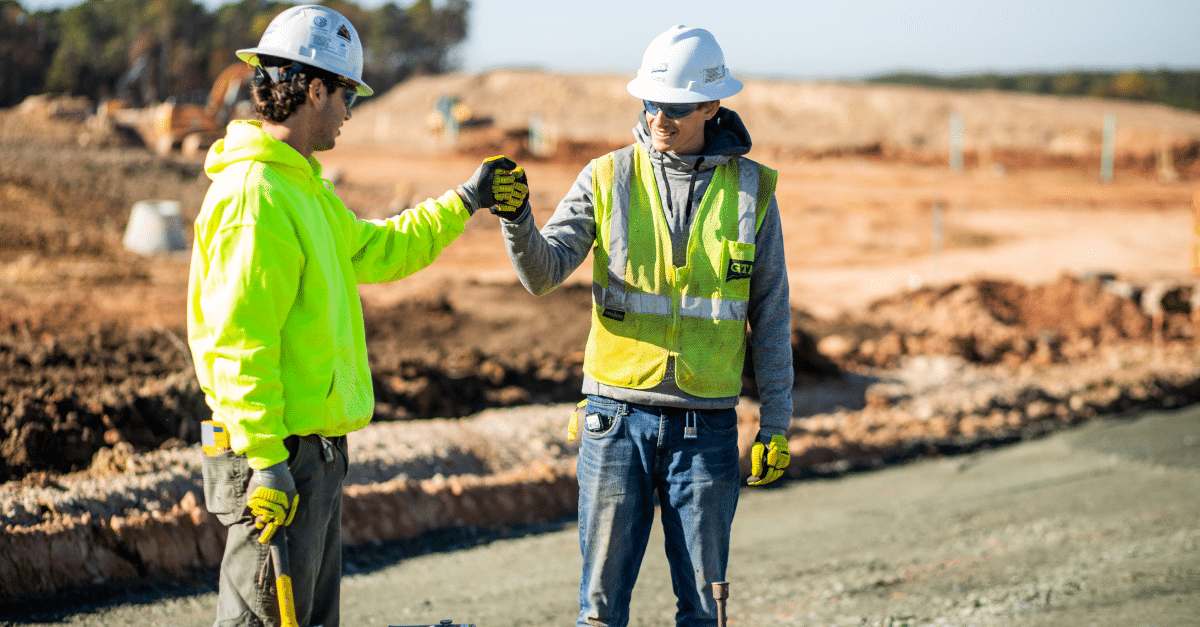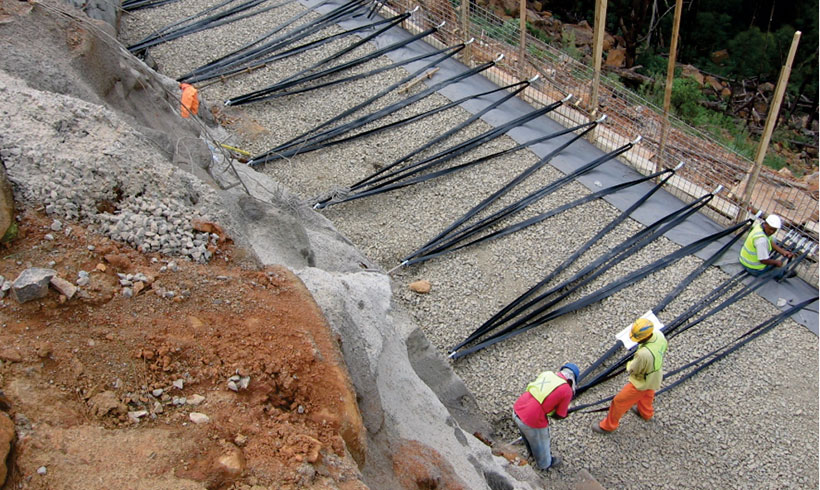Unknown Facts About Geotechnical Engineering For Construction Projects
Unknown Facts About Geotechnical Engineering For Construction Projects
Blog Article
Geotechnical Engineering For Construction Projects Can Be Fun For Anyone
Table of Contents3 Simple Techniques For Geotechnical Engineering For Construction ProjectsWhat Does Geotechnical Engineering For Construction Projects Do?Not known Facts About Geotechnical Engineering For Construction ProjectsGeotechnical Engineering For Construction Projects Things To Know Before You Get ThisGeotechnical Engineering For Construction Projects Can Be Fun For AnyoneUnknown Facts About Geotechnical Engineering For Construction Projects
The duty of geotechnical design considerably takes care of understanding the attributes of dirt and rock, which may vary considerably by their thickness, wetness web content etc. These attributes have to be checked out by geotechnical engineers to forecast their activities under various situations. The safety as well as stability of frameworks are influenced by dirt conditions, making this analysis needed.A geotechnical designer will certainly examine dirt to identify the bearing capacity of the planet and recommend appropriate foundation kinds, such as shallow structures, deep structures like piles, or specialized solutions like drifting foundations for soft soils. Recognizing the attributes and activities of soil and rock, along with exactly how they interact with constructions that have actually been set up on or within them, is among the main explanations for why geotechnical engineering is essential.
Along with structural preparation and construction, geotechnical engineering is likewise vital to the restoration and upkeep of pre-existing structures. Age-related destruction or extra problems might affect a structure's security and efficiency. Ecological protection is accomplished via geotechnical engineering. Experience in air, water, and soil high quality maintenance is used by geotechnical engineers to reduce the adverse effects of projects.
To sum up, geotechnical engineering is a vital technique that preserves the strength and honesty of civil infrastructure. Geotechnical designers contribute to making building tasks efficient all over the world by understanding the practices of planet materials and applying suitable planning strategies.
The Main Principles Of Geotechnical Engineering For Construction Projects
By checking out soil, rock, and subsurface conditions, geotechnical designers offer crucial understandings that assist in the design, building and construction, and maintenance of structures and infrastructure.

The smart Trick of Geotechnical Engineering For Construction Projects That Nobody is Talking About
Laboratory testing: Determining the residential properties of soil and rock. Field testing: Conducting tests on-site to assess conditions. Analysis and design: Making use of data to design foundations, preserving wall surfaces, passages, and various other frameworks. Several prominent construction projects have actually efficiently utilized geotechnical engineering to ensure their stability and security. As an example:: The world's tallest building called for a deep understanding of the underlying geology.

As a leader in geotechnical design, BECC Inc. is devoted to providing ingenious and efficient remedies that fulfill the greatest criteria of quality and security., a mechanical designer and rock hound.
Little Known Facts About Geotechnical Engineering For Construction Projects.
Terzaghi also established the structure for concepts of check here bearing capacity of structures, and the concept for forecast of the rate of settlement of clay layers due to consolidation. Later on, Maurice Biot totally created the three-dimensional dirt loan consolidation theory, extending the one-dimensional design previously established by Terzaghi to much more general hypotheses and introducing the set of fundamental equations of Poroelasticity.
Geotechnical engineers investigate and establish the residential or commercial properties of subsurface conditions and products.
An Unbiased View of Geotechnical Engineering For Construction Projects
, which makes use of a thick-walled split spoon sampler, is the most usual method to gather disturbed samples.
If the interface between the mass and the base of an incline has a complicated geometry, incline security analysis is difficult and mathematical service techniques are required. Typically, the user interface's exact geometry is unknown, and a simplified interface geometry is assumed. Finite inclines need three-dimensional models to be analyzed, so most slopes are examined presuming that they are definitely vast and can be stood for by two-dimensional designs.
Geotechnical Engineering For Construction Projects Can Be Fun For Everyone
Developing the style based on a functioning theory of habits expected under the most probable conditions. Choice of quantities to be observed as building and construction proceeds and computing their prepared for worths based click here for info on the functioning theory under the most negative problems.
Dimension of amounts and visit analysis of actual problems. Layout adjustment per actual conditions The observational method is ideal for building and construction that has currently begun when an unforeseen growth takes place or when a failure or mishap looms or has actually currently taken place. It is improper for jobs whose design can not be changed during building and construction.
Report this page